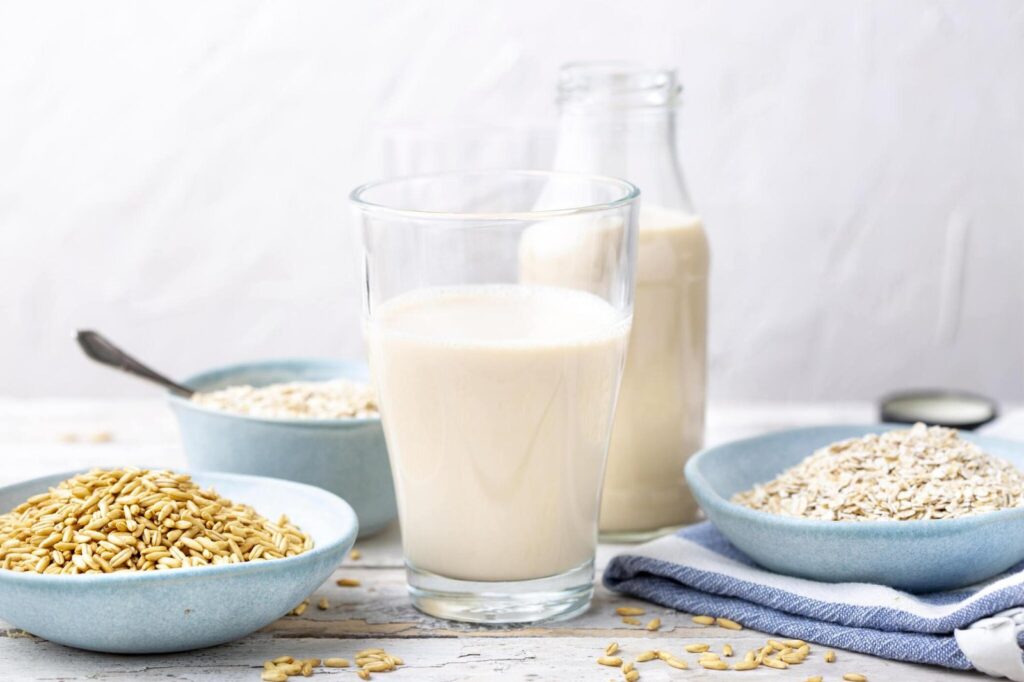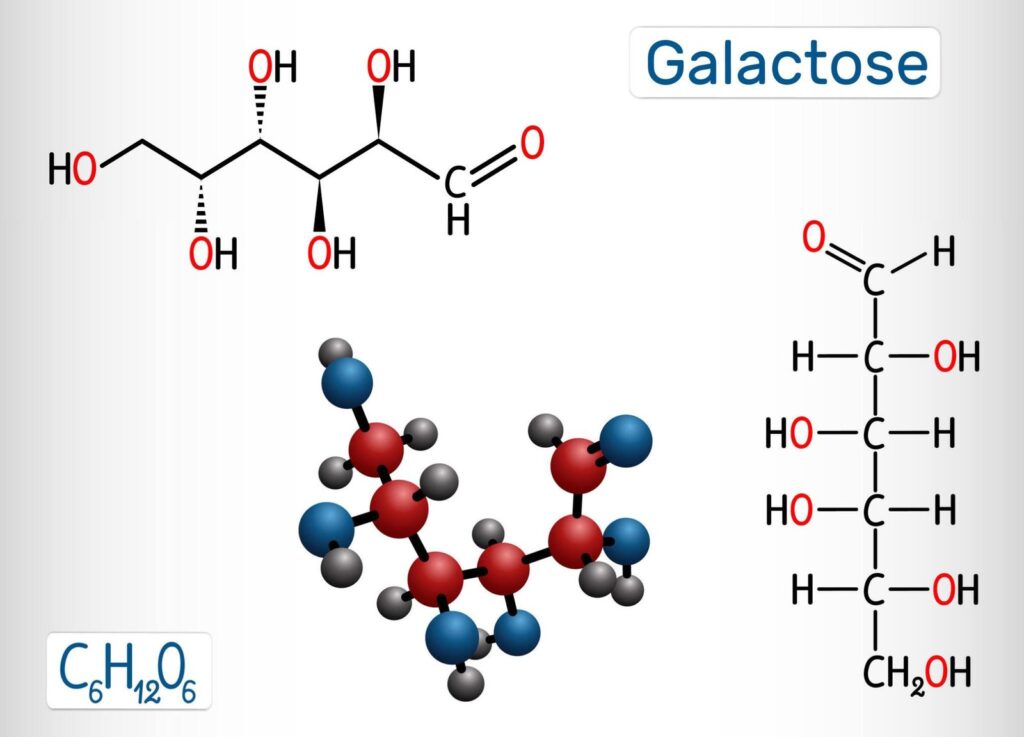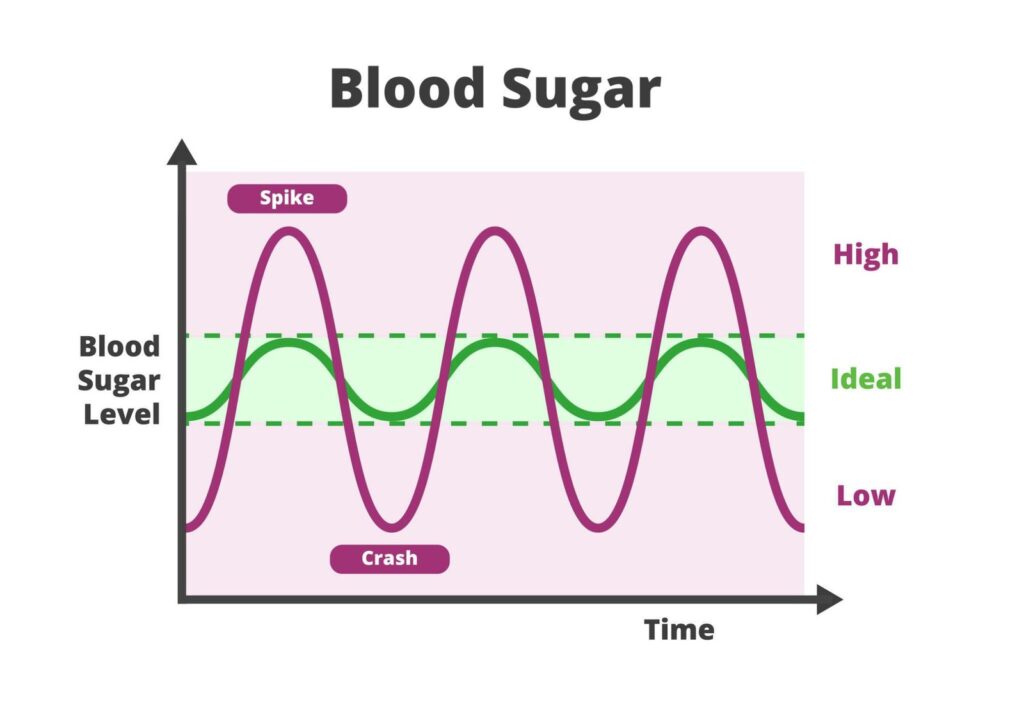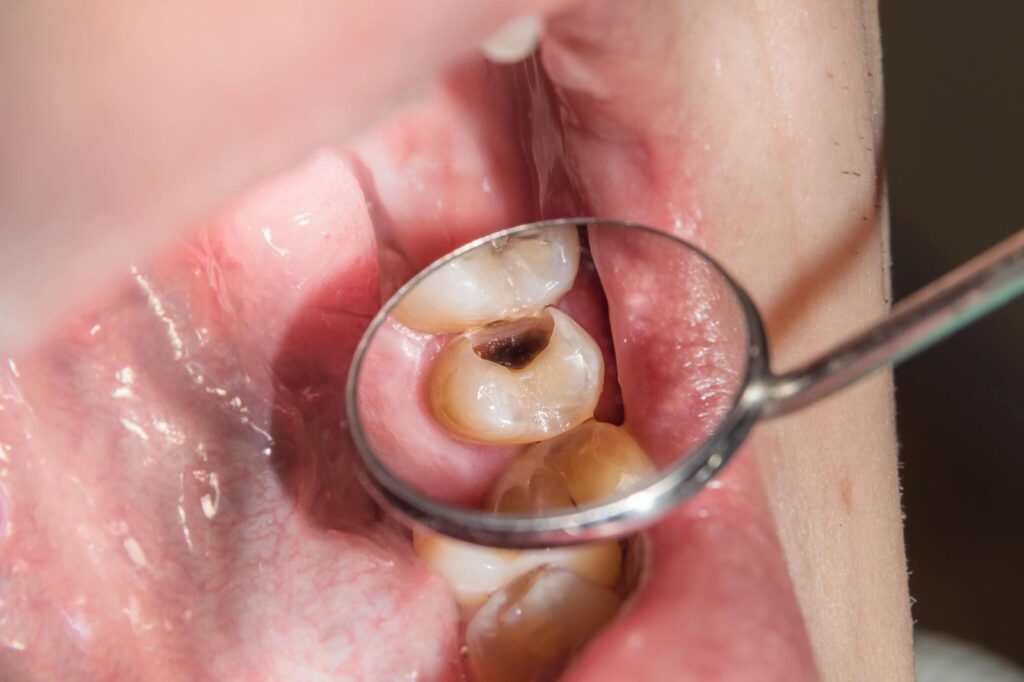Milk is a staple in many diets, providing essential nutrients such as calcium, protein, and vitamins. However, milk also contains sugars, which can concern those watching their sugar intake. Milk sugar, also known as lactose, is a type of sugar found naturally in milk and dairy products. In this article, we will explore the different types of sugars present in milk and their effects on the body.
1. Types of Sugars in Milk
1.1 Lactose

The main sugar in milk is lactose, also known as milk sugar. Lactose is a disaccharide that is linked to two sugar units, glucose and galactose. It is naturally present in the milk of all mammals, including humans.
Lactose is an important source of energy for infants and young children, as well as a source of calcium for bone growth. However, as we age, our bodies produce less of the enzyme lactase needed to break down lactose. It can lead to lactose intolerance, where individuals experience digestive discomfort after consuming dairy products.
1.2 Glucose

Glucose is classified as a monosaccharide, denoting its composition as a singular sugar molecule. It is the body’s primary energy source and is found in many foods, including milk. Glucose is quickly absorbed into the bloodstream and used by cells for energy.
In milk, glucose is present in small amounts, as it is a byproduct of the breakdown of lactose. It is also added to some flavored milk and dairy products as a sweetener.
1.3 Galactose

Galactose is another monosaccharide found in milk, along with glucose. It is also a byproduct of the breakdown of lactose. Galactose is not as sweet as glucose and is not commonly used as a food sweetener.
2. Effects of Milk Sugars on the Body
2.1 Lactose Intolerance

As mentioned earlier, lactose intolerance is a condition where individuals have difficulty digesting lactose due to a lack of the enzyme lactase. It can lead to symptoms such as bloating, gas, diarrhea, and abdominal pain after consuming dairy products.
Individuals with lactose intolerance may still be able to consume small amounts of milk without experiencing symptoms. They can also try lactose-free milk, which has the lactose broken down into simpler sugars, making it easier to digest.
Get to know more about lactose intolerance by clicking here.
2.2 Blood Sugar Levels

The sugars in milk, particularly lactose, can affect blood sugar levels. When consumed, lactose is broken down into glucose and galactose, which are then absorbed into the bloodstream. It can cause a spike in blood sugar levels, especially in individuals with diabetes.
However, the protein and fat in milk can help slow down the absorption of sugars, leading to a more gradual rise in blood sugar levels. This is why milk is often recommended as a snack for individuals with diabetes.
2.3 Dental Health

Sugars in milk, particularly lactose, can also impact dental health. When consumed, sugars can interact with bacteria in the mouth, producing acids that can erode tooth enamel and cause cavities.
However, milk also contains calcium and phosphorus, which can help strengthen tooth enamel and prevent tooth decay. Practicing good oral hygiene and limiting sugary foods and drinks, including milk, is important to maintain good dental health.
3. Sugar Types in Milk Products
3.1 Flavored Milk

Flavored milk, such as chocolate or strawberry milk, contains added sugars in the form of sucrose, also known as table sugar. These sugars are added to enhance the flavor of the milk and can contribute to a higher sugar content than plain milk.
It is important to read the nutrition label when choosing flavored milk and choose options with lower added sugar content. Alternatively, you can make flavored milk at home using unsweetened cocoa powder or fresh fruit.
3.2 Yogurt

Yogurt is a cultured dairy product harboring live bacterial cultures. These bacteria feed on the lactose in milk, breaking it into lactic acid and giving yogurt its tangy flavor. This process also reduces the lactose content in yogurt, making it easier to digest for those with lactose intolerance.
However, some flavored yogurts may also contain added sugars, so checking the nutrition label and choosing options with lower sugar content is important. Plain yogurt is a healthier option, as it contains natural sugars from the milk and live cultures, which can benefit gut health.
3.3 Cheese

Cheese is produced through milk coagulation, separating the resultant solid curds from the liquid whey. This process removes most lactose from the milk, making cheese a suitable option for those with lactose intolerance.
However, some soft cheeses, such as cottage cheese and ricotta, may still contain small amounts of lactose. Hard cheeses, such as cheddar and parmesan, have very low levels of lactose and are safe for individuals with lactose intolerance to consume.
4. Where Can I find Sugar Free Milk Products?
Switching to sugar-free milk products offers several important benefits. Firstly, it helps in reducing overall sugar intake, which is crucial for maintaining a healthy diet and preventing various health issues such as obesity, diabetes, and dental problems. Secondly, for individuals with lactose intolerance or those trying to minimize their lactose consumption, sugar-free milk products provide a suitable alternative as they contain minimal or no lactose.
Additionally, sugar-free milk products are often lower in calories, making them a good option for those watching their weight or trying to manage conditions like diabetes. Overall, making the switch to sugar-free milk products promotes better health and supports dietary goals.
Explore all sugar-free products in the market by clicking here.
5. Conclusion
Milk contains various types of sugars, including lactose, glucose, and galactose. Lactose is the main sugar in milk and can cause digestive discomfort in individuals with lactose intolerance. The sugars in milk can also affect blood sugar levels and dental health.
When choosing milk products, reading the nutrition label and opting for options with lower added sugar content is important. Plain milk, yogurt, and hard cheeses are healthier options compared to flavored milk and soft cheeses. By understanding the types of sugars in milk and their effects on the body, you can make informed decisions about your dairy consumption and maintain a balanced diet.
Discover additional ways to maintain a healthy and active lifestyle beyond just avoiding sugar by clicking here.

